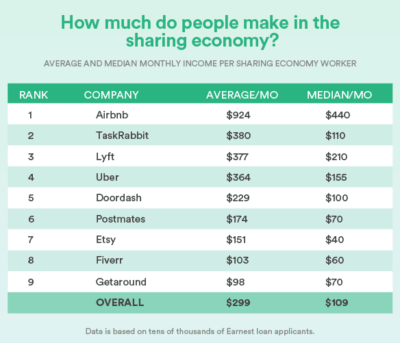The Other 49
Detroit has come to be symbolic of distress and recovery. Our Insight column this week cites a citizen journalism project in Detroit that uses social media in interesting new ways. Governing and Brookings both had interesting articles about Detroit this week.
Brookings links to an article in the Stanford Social Innovation Review: “Building Economic Flywheels.” The flywheel metaphor is an interesting one. As the article describes it, “you’ll most commonly find a flywheel in a toy car. One push and the car’s wheels transfer energy to its flywheel, which, spinning continuously, powers the car for a greater distance than what one might expect. Setting the flywheel into motion converts a finite boost of energy into lasting momentum. It’s fitting that revitalization efforts in Detroit—the Motor City—are testing the potential of this concept.”
The article describes how Detroit purposefully and geographically focused philanthropic and other investments to create the “flywheel effect.” The strategy focused on supporting start-ups and small businesses rather than attracting big business and on investing the clearly defined sections of the city. This focus was a partial response to incentives from the financial sectors and to a need for greater economic diversification.
Governing’s Detroit piece, “The Motor City’s Blight Busters,” highlights street lighting and coordinated efforts to remove the cities 78,000 blighted structures as ways that Detroit is tackling its problems head-on.
There is no North Carolina analog for the scale of what Detroit is doing, but it is interesting to see how the community is using distress to grow opportunity and leveraging resources.
Dropping Knowledge
Ever wondered how Uber drivers and Airbnb operators do financially? Priceonomics released a data report this week examining the sharing economy. It is an easy skim and lays out some interestings data frames. It quotes a Pew Study that found nearly one- quarter of Americans earn money through these sharing economy platforms. Airbnb seems to be the most lucrative of the income producers, with TaskRabbit, Lyft and Uber making up a second tier.

In the Weeds
The Joint Center for Housing Studies of Harvard University recently released its The State of the Nation’s Housing 2017 report. It is a very readable report and is full of good data. The web site supporting the report has several interactive maps that help visualize the data.
Here are some highlights from the report:
- “US house prices rose 5.6 percent in 2016, finally surpassing the high reached nearly a decade earlier. Achieving this milestone reduced the number of homeowners underwater on their mortgages to 3.2 million by year’s end, a remarkable drop from the 12.1 million peak in 2011. In inflation-adjusted terms, however, national home prices remained nearly 15 percent below their previous high . As a result, the typical homeowner has yet to fully regain the housing wealth lost during the downturn.”
- “[R]ental markets are extremely tight despite the relatively strong pickup in multifamily construction. According to the Housing Vacancy Survey, the rental vacancy rate fell for the seventh straight year in 2016, dipping to 6.9 percent—its lowest level in more than three decades.”
- “The Consumer Price Index for rent on primary residences was up 3.8 percent last year, while MPF Research estimates that rents for professionally managed apartments rose by a similar amount. With most new supply coming at the upper end of the market and strong demand pushing up rents across the board, the number of modestly priced units available for under $800 declined by 261,000 between 2005 and 2015, while the number renting for $2,000 or more jumped by 1.5 million.”
- “Between 2000 and 2015, the share of the poor population living in high-poverty neighborhoods rose from 43 percent to 54 percent. Meanwhile, the number of high-poverty neighborhoods rose from 13,400 to more than 21,300. Although most high-poverty neighborhoods are still concentrated in high-density urban cores, their recent growth has been fastest in low-density areas at the metropolitan fringe and in rural communities.”



